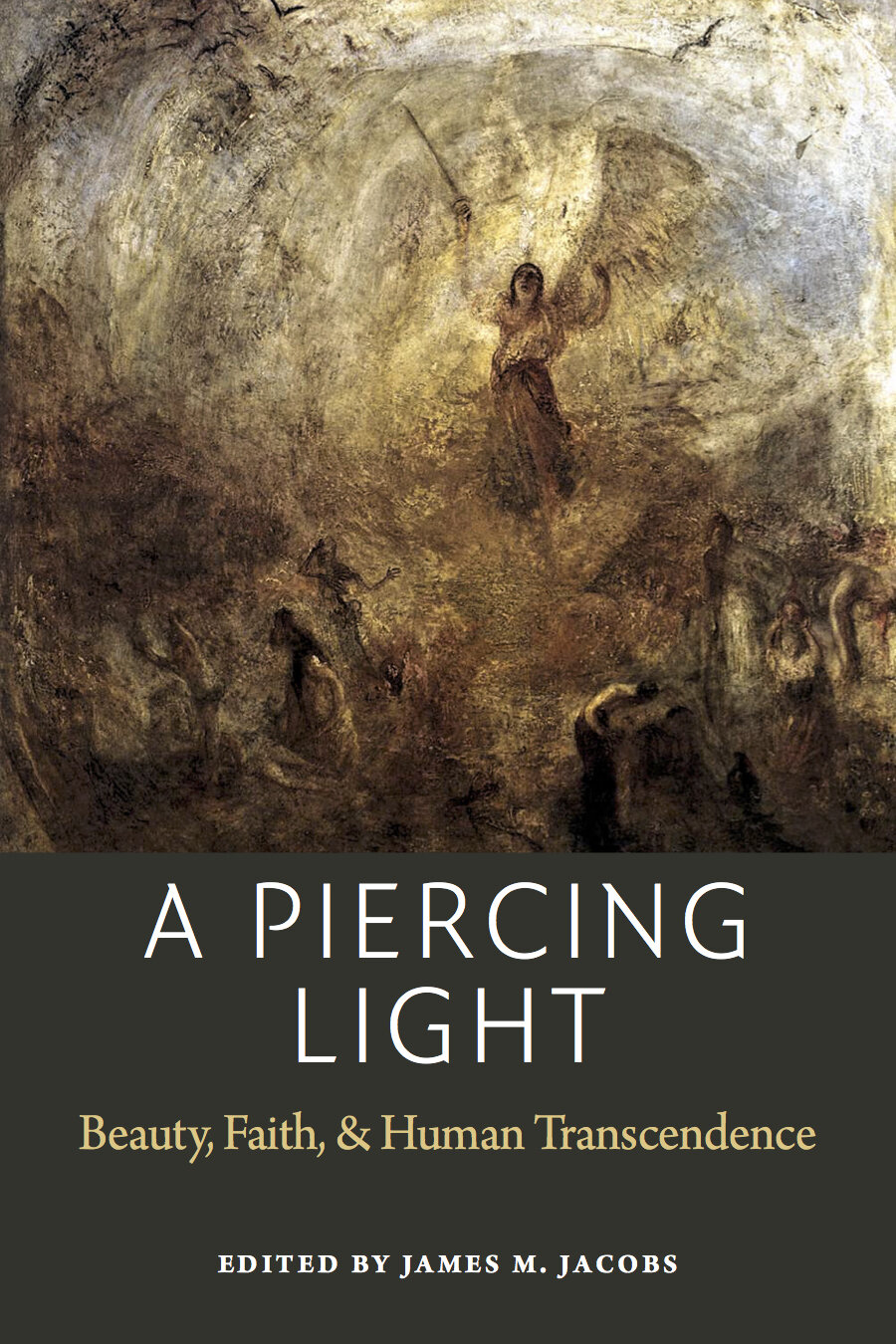
A Piercing Light:
Beauty, Faith, and Human Transcendence
Edited by James Jacobs
Book Overview
The meeting of Jacques Maritain and the avant-garde artist Jean Cocteau in the summer of 1925 produced two significant results: Cocteau returned to his Catholic faith, and it led the poet and the philosopher to exchange letters reflecting on the relationship between art and faith. While Cocteau proclaimed that the spiritual nature of art orders man to God, Maritain tempers his new friend’s enthusiasm in asserting, “Between the world of poetry and that of sainthood there exists an analogical relation. . . . All errors come from the fact that people misread this analogy: some swell the similarity, mixing poetry and mysticism; others weaken it, making poetry out to be a craft, a mechanical art.” The essays in this volume further this discussion by examining how the practice of both art and faith necessarily order man to transcendent fulfillment, yet do so in very different ways. The first section of the book examines the analogical nature of art and faith, illustrating how art foreshadows, but cannot replace, the supernatural perfection offered by faith. The second section reflects on the nature of art as a virtue perfecting human creativity, and how art is more than mere craftsmanship owing to the transformative role of inspiration. The third section contemplates the purpose of the work of art as revelatory of truth. The final section explores how the arts become debased when their practice rejects the goal of beauty. Art, when so separated from the transcendent ends of man, tragically corrupts both itself and society.
To assist our continued work most fully, purchase directly from our distributor
Contents
James Jacobs, “Introduction”
Daniel B. Gallagher, “On the Relation Between Art and Faith. Sympathy Or Sell-Out?: Maritain's Relationship With Cocteau and the Avant-Garde”
Anne Frances Ai Le, Maritain On Art and Faith: ‘Conspiring Towards Heaven’
Bernadette E. O'connor, “The Maritains on Two Types of Analogy Between Art and Graced Contemplation”
Federico Tedesco, “The Prime Analogate of Art: The Role of Logic in The Genesis of the Thomistic Theory of Making”
Catherine Deavel, “Creator, Artist, and Craftsman”
Stephen Chamberlain, “Gilson and Maritain On Art and Poetry: The Question of Poetic Cognition and Creative Intuition”
Andrew Jaspers, “Artistic and Spiritual Inspiration: Maritain's Augustinian Thomism”
Michael Raiger, “Cocteau, Opium, and Art: A Coleridgean Account of The Imagination as a Cognitive Power”
Gregory J. Kerr, “Comedy and the Receptive Intuition: Henri Bergson and Jacques Maritain”
James G. Hanink, “Whether Beauty Will Save the World”
John Conley, S.J., “Toward A Christian Philosophy of Art”
John Marson Dunaway, “‘Art with All Its Teeth’: Can Poetry Matter to God?”
Michael R. Spicher, “The Restoration of Paradise: Depicting the Sublime in Art”
Nikolaj Zunic, “Aesthetic Education and the Redress of Morality”
Alice Ramos, “Aesthetic Iconoclasm: Reasons, Origins, and Remedies”
Marie George, “Aquinas on the Bonum Honestum”
James Brent, O.P, “Knowing Whether to Believe”
Curtis L. Hancock, “Why Can't Philosophers and Poets Get Along?: Reflections on an Ancient Quarrel”